The standard model for how galaxies formed in the early universe predicted that the James Webb Space Telescope (JWST) would see dim signals from small, primitive galaxies. But data are not confirming the popular hypothesis that invisible dark matter helped the earliest stars and galaxies clump together.
Tag: James Webb Space Telescope
NSF NOIRLab Astronomers Discover the Fastest-Feeding Black Hole in the Early Universe
Using data from NASA’s JWST and Chandra X-ray Observatory, a team of U.S. National Science Foundation NOIRLab astronomers have discovered a supermassive black hole at the center of a galaxy just 1.5 billion years after the Big Bang that is consuming matter at a phenomenal rate — over 40 times the theoretical limit. While short lived, this black hole’s ‘feast’ could help astronomers explain how supermassive black holes grew so quickly in the early Universe.
Peering Into the Tendrils of NGC 604 with NASA’s Webb
In the astronomy field, the term “nearby” is quite relative. Neighboring galaxies to our home galaxy, the Milky Way, are a few million light-years away. In contrast, some of the most distant galaxies ever detected, closer to the Big Bang, are billions of light-years away.
Researchers spying for signs of life among exoplanet atmospheres
The next generation of advanced telescopes could sharpen the hunt for potential extraterrestrial life by closely scrutinizing the atmospheres of nearby exoplanets, new research suggests.
Dr. Jennifer Lotz Appointed Space Telescope Science Institute Director
The Association of Universities for Research in Astronomy (AURA) is pleased to announce the appointment of Dr. Jennifer Lotz as the Director of the Space Telescope Science Institute (STScI). Dr. Lotz will begin her five-year appointment as STScI Director starting February 12, 2024.
Inaugural Mani L. Bhaumik Breakthrough of the Year Award Goes to JWST Contributors
The AAAS’s inaugural Mani L. Bhaumik Breakthrough of the Year Award honors recognizes Maj. Gen. Charles Frank Bolden Jr., USMC (Ret), a former administrator of NASA; John Mather, senior project scientist of the JWST since 1995; and Bill Ochs, JWST project manager from 2011 through the telescope’s launch. The award selection committee seeks to acknowledge not only the winners’ individual contributions, but also the teams they inspired, whose collective work has given us all a completely different view of the universe.
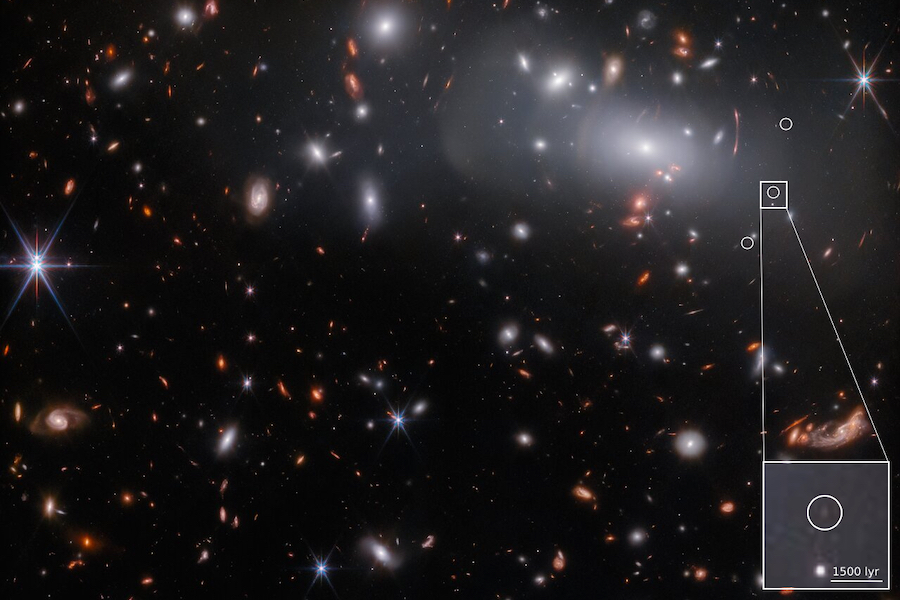
Researchers discover tiny galaxy with big star power using James Webb telescope
Using first-of-their-kind observations from the James Webb Space Telescope, a University of Minnesota Twin Cities-led team looked more than 13 billion years into the past to discover a unique, minuscule galaxy that could help astronomers learn more about galaxies that were present shortly after the Big Bang.
JWST confirms giant planet atmospheres vary widely
An international team of astronomers has found the atmospheric compositions of giant planets out in the galaxy do not fit our own solar system trend.
Galactic explosion offers astrophysicists new insight into the cosmos
Using data from the James Webb Space Telescope’s first year of interstellar observation, an international team of researchers was able to serendipitously view an exploding supernova in a faraway spiral galaxy.
A Star is Born: Images of Nearby Galaxies Provide Clues About Star Formation
As part of the JWST Cycle 1 Treasury Program, researchers from UC San Diego have released their findings on polycyclic aromatic hydrocarbons in the interstellar medium of nearby galaxies.
WVU scientist says NASA’s Webb Telescope will boost space research at University, Green Bank Observatory
The first photos from NASA’s James Webb Space Telescope have given researchers the deepest and clearest infrared look into space to date. West Virginia University researcher Maura McLaughlin, distinguished professor of physics and astronomy at the Eberly College of Arts…

NASA Reveals Webb Telescope’s First Images of Unseen Universe
The first images and spectroscopic data from NASA’s James Webb Space Telescope have revealed unprecedented and detailed views of the universe. Webb’s first images and spectra, including downloadable files, can be found at https://webbtelescope.org/news/first-images.

NASA’s Webb Reveals Cosmic Cliffs, Glittering Landscape of Star Birth
The seemingly three-dimensional “Cosmic Cliffs” showcases Webb’s capabilities to peer through obscuring dust and shed new light on how stars form. Webb reveals emerging stellar nurseries and individual stars that are completely hidden in visible-light pictures. This landscape of “mountains” and “valleys” is actually the edge of a nearby stellar nursery called NGC 3324 at the northwest corner of the Carina Nebula.
So-called mountains — some towering about 7 light-years high — are speckled with glittering, young stars imaged in infrared light. A cavernous area has been carved from the nebula by the intense ultraviolet radiation and stellar winds from extremely massive, hot, young stars located above the area shown in this image. The blistering, ultraviolet radiation from these stars is sculpting the nebula’s wall by slowly eroding it away. Dramatic pillars rise above the glowing wall of gas, resisting this radiation. The “steam” that appears to rise from the celestial “mountains” is
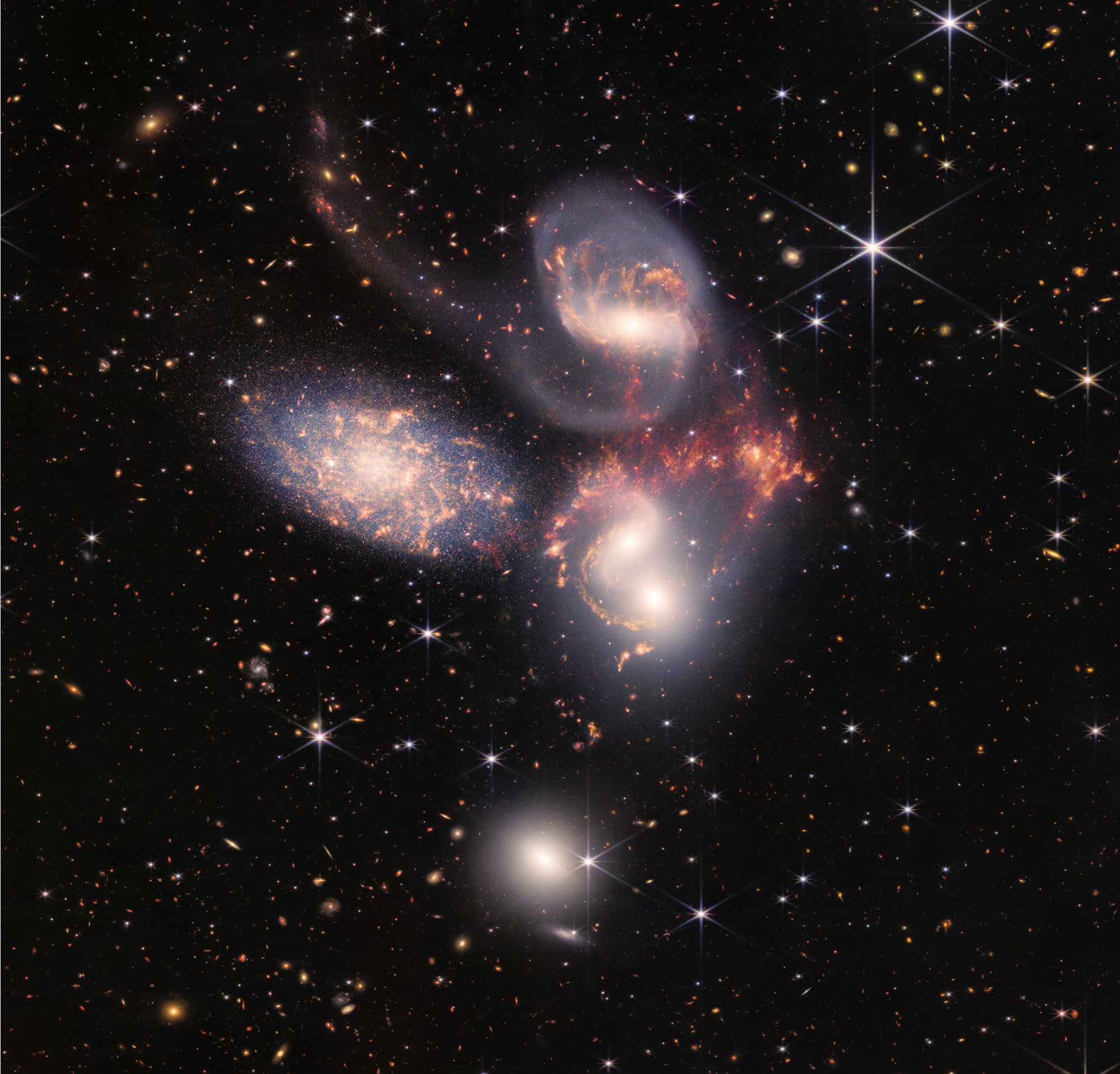
NASA’s Webb Sheds Light on Galaxy Evolution, Black Holes
In an enormous new image, NASA’s James Webb Space Telescope reveals never-before-seen details of the galaxy group called “Stephan’s Quintet.” The close proximity of this group gives astronomers a ringside seat to galactic mergers and interactions.
NASA’s Webb Captures Dying Star’s Final ‘Performance’ in Fine Detail
NASA’s James Webb Space Telescope has cast the Southern Ring Nebula in an entirely new light. By observing the nebula in mid-infrared wavelengths, Webb has unveiled the second, dusty star at the center of the nebula in far more detail.
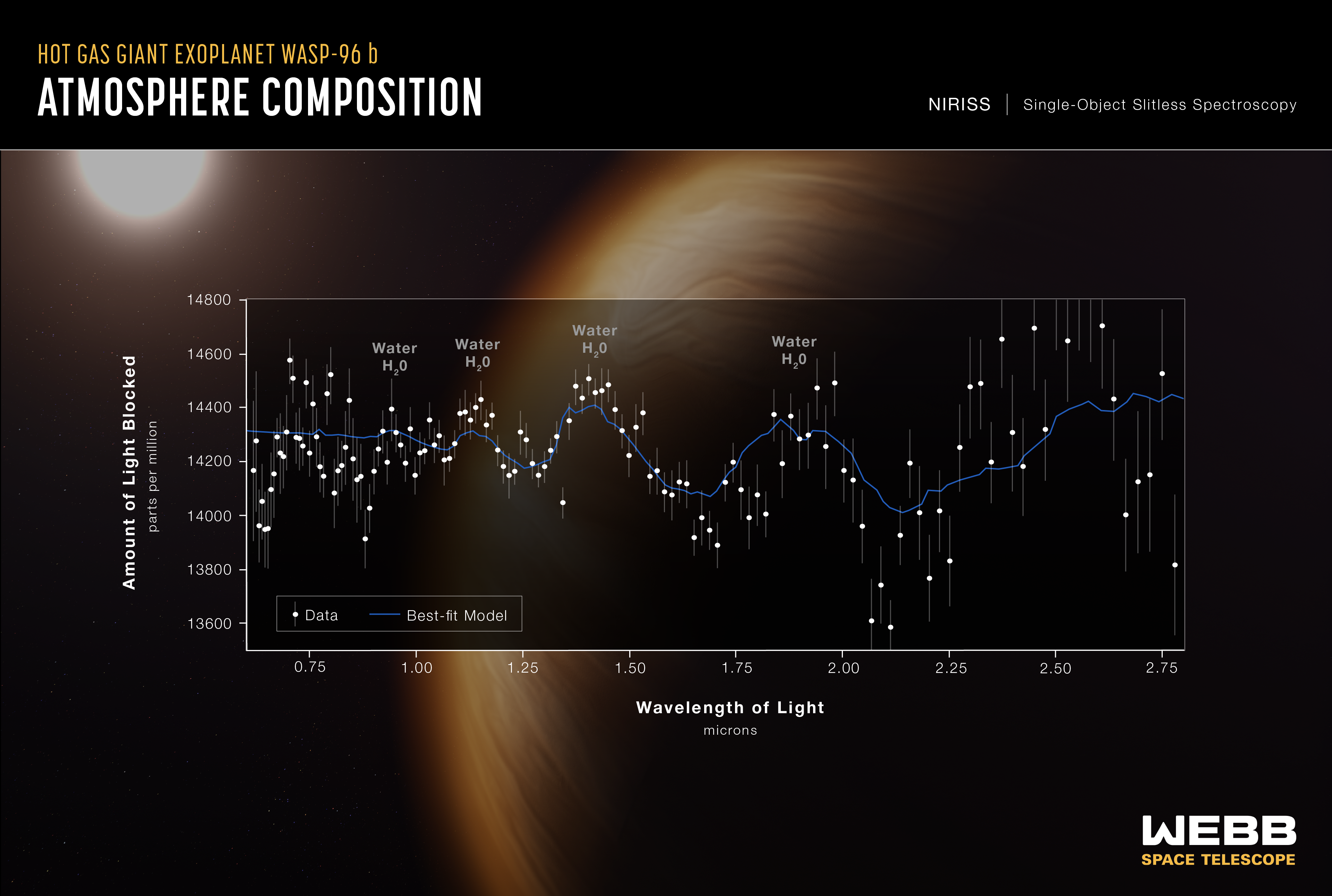
NASA’s Webb Reveals Steamy Atmosphere of Distant Planet in Exquisite Detail
In a dream come true for exoplaneteers, NASA’s James Webb Space Telescope has demonstrated its unprecedented ability to analyze the atmosphere of a planet more than 1,000 light-years away. Webb has – in a single observation – revealed the unambiguous signature of water, indications of haze, and evidence for clouds that were thought not to exist based on prior observations.
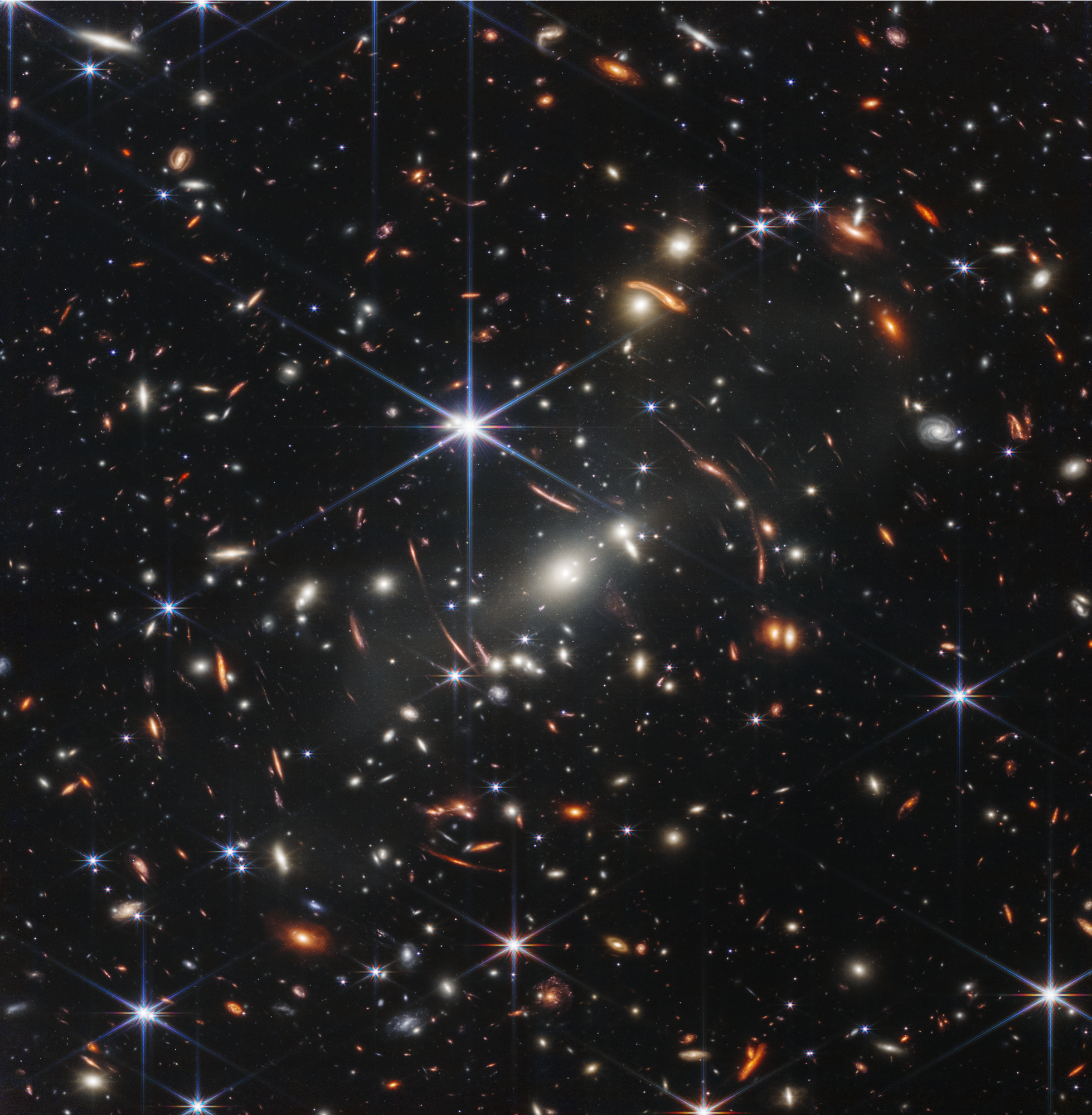
NASA’s Webb Delivers Deepest Image of Universe Yet
A flurry of bright white galaxies is stirring up this scene – captured in high resolution by NASA’s James Webb Space Telescope. Known as galaxy cluster SMACS 0723, the group of galaxies is also bending and warping the light from more distant galaxies behind them, stretching and repeating their appearances. Webb’s near- and mid-infrared imaging – and highly detailed data known as spectra – will allow future researchers to finely catalog the precise compositions of galaxies in the early universe, which may ultimately reshape our understanding of how galaxies changed and evolved over billions of years.
UNLV professor available for NASA James Webb Telescope comment
UNLV professor of physics and astronomy Jason Steffen is available to talk about the significance of the James Webb Space Telescope imagery, and how it broadens our understanding of the universe. Today is the day that scientists are saying could…
Countdown to launch: Cornell scientists play key roles in James Webb Space Telescope
NASA’s James Webb Space Telescope — the largest and most powerful space science observatory ever built — is designed to give astronomers unprecedented insight into the mysteries of the cosmos. Webb is an international program led by NASA with its…
When the James Webb telescope launches, 25 years of UAH R&D involvement will soar
After a scheduled November launch, when NASA’s James Webb Space Telescope (JWST) achieves orbit and unfurls the 18 gold-coated beryllium segments of its 6.5-meter primary mirror, over two decades of crucial UAH partnership in the project will also blossom.
36 Dwarf Galaxies Had Simultaneous “Baby Boom” of New Stars
Three dozen dwarf galaxies far from each other had a simultaneous “baby boom” of new stars, an unexpected discovery that challenges current theories on how galaxies grow and may enhance our understanding of the universe. Galaxies more than 1 million light-years apart should have completely independent lives in terms of when they give birth to new stars. But galaxies separated by up to 13 million light-years slowed down and then simultaneously accelerated their birth rate of stars, according to a Rutgers-led study published in the Astrophysical Journal.
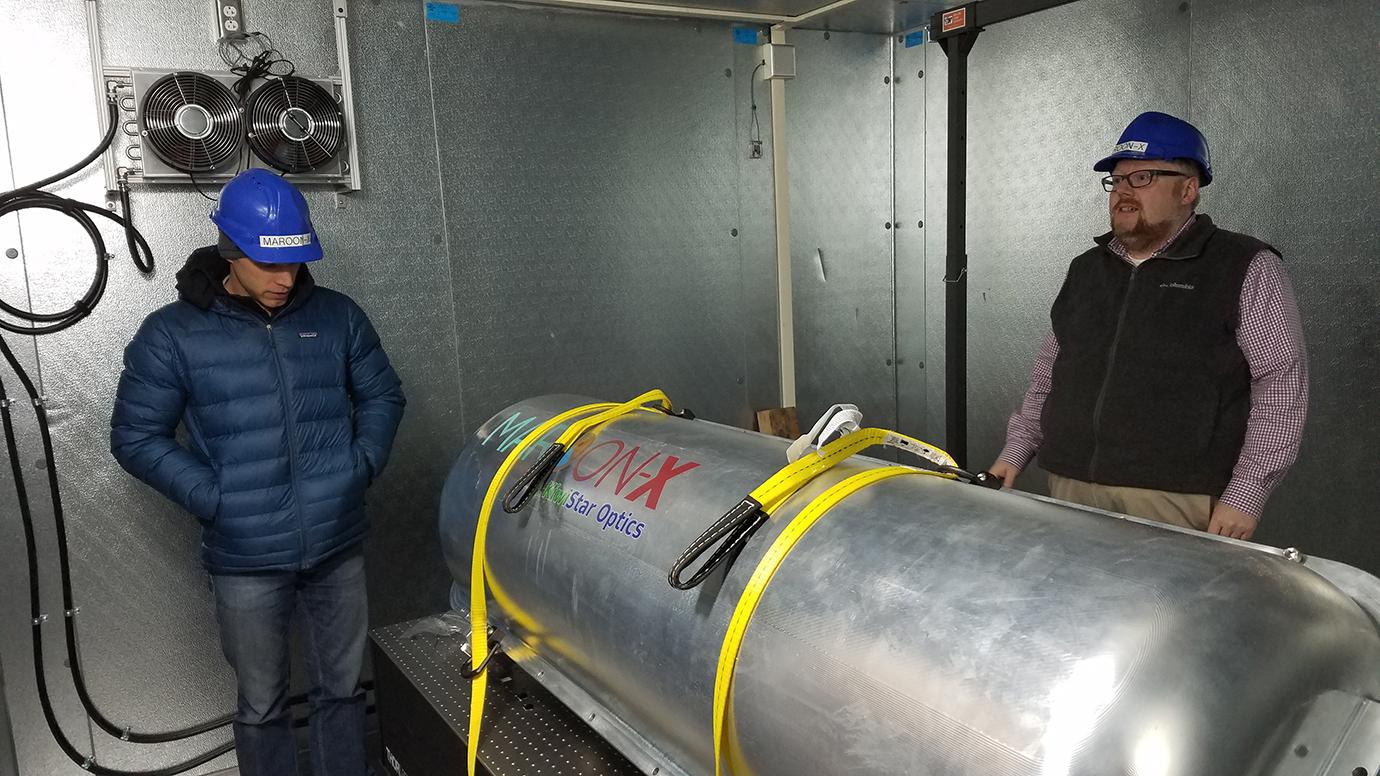
Scientists confirm third-nearest star with a planet—and it’s rocky like Earth
MAROON-X instrument built by UChicago team measures its first planet, Gliese 486 b, which is located just over two dozen light-years from Earth in the direction of the constellation Virgo, and is also made out of rock—though it is hotter and three times larger than our home.
Rutgers Expert Available to Discuss James Webb Space Telescope Science
New Brunswick, N.J. (Feb. 22, 2021) – Rutgers University–New Brunswick Professor Kristen McQuinn is available for interviews on the upcoming launch of the James Webb Space Telescope, its potential scientific impact and the leap forward it will provide in our understanding of the…